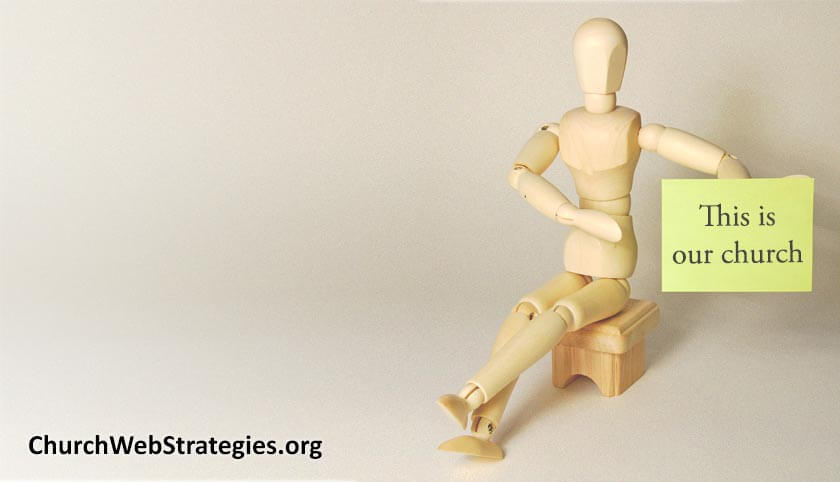Just having a church website is not enough today. You need to be proactive in your quest to get your church seen and heard on the internet. So what methods can you use to accomplish this? I propose covering three bases, of search engines, mapping services, and social media. These three are often very entangled, so spearheading efforts on all of them at once is often very easy and can generate awesome synergy in getting your church website known to the rest of the world.
Search Engines
There are ways to easily tell the major search engines (Google, Yahoo, and Bing) about your website. Each of these has their own set of webmaster tools that allow you to register your site with the (typically by adding a small piece of code to your site). You can then manage and monitor many aspects of your site through these, including what words were people looking for when they found your site, and if there were any errors (i.e. broken links) on your site.
Note that these are the major search engines and will get you a lot of global exposure. However, do not neglect some smaller niche markets. This includes any church directories, both global (such as the World Directory of Churches) and regionalized, as well as those based on a particular denomination.
Mapping Services
A next step to getting set up with a search engine should be to ensure your church is accurately displayed on their mapping services. The “big three” of search each has a branded mapping tool that ties into their search engine. When you search for your church on the map, you should find summary information about it, along with a link to see more about that place. Your web team should claim your “place” and ensure all the contact and location information is correct. Obtaining permission to edit this content often requires that the map application sends a code in a way that only the owner would have access to. Often this is accomplished via phone or mail. Regardless, go the extra mile to make sure your information is accurate, and includes a link to your church website.
Social Media
Although this medium is primarily for opening dialog between people, it is also a search tool as well. Claim your name on Facebook, Twitter, Google+, and any other social media outlets you think you should follow. Hopefully you are not too late in the game and can claim a name that exactly matches your church’s name. However you might have to abbreviate parts of your name, or even add an abbreviation that indicates where you are located. Then of course, get moving and update your profile, request that friends “like” or follow you, and make regular, pertinent, updates (more to come on this in future articles).
If you want the biggest return for the smallest amount of time, start with Google. Getting a Google account for your church will help you in all three areas: Google Webmaster Tools, Google Places, and Google+.
Consistency
The contact information you provide for search engines, mapping tools, social media, and your church website; should all be the same.. When putting out all this information, consistency is very important. You do not want any variations, unless it is to track the effectiveness of that particular channel.
Action Item
Get official accounts for your church with the major players in all three areas. Claim your name, your location, and your information. Put links to your church website whenever possible, keep your information consistent, and pray for a new influx of congregation members!
Photo courtesy of John Evans

